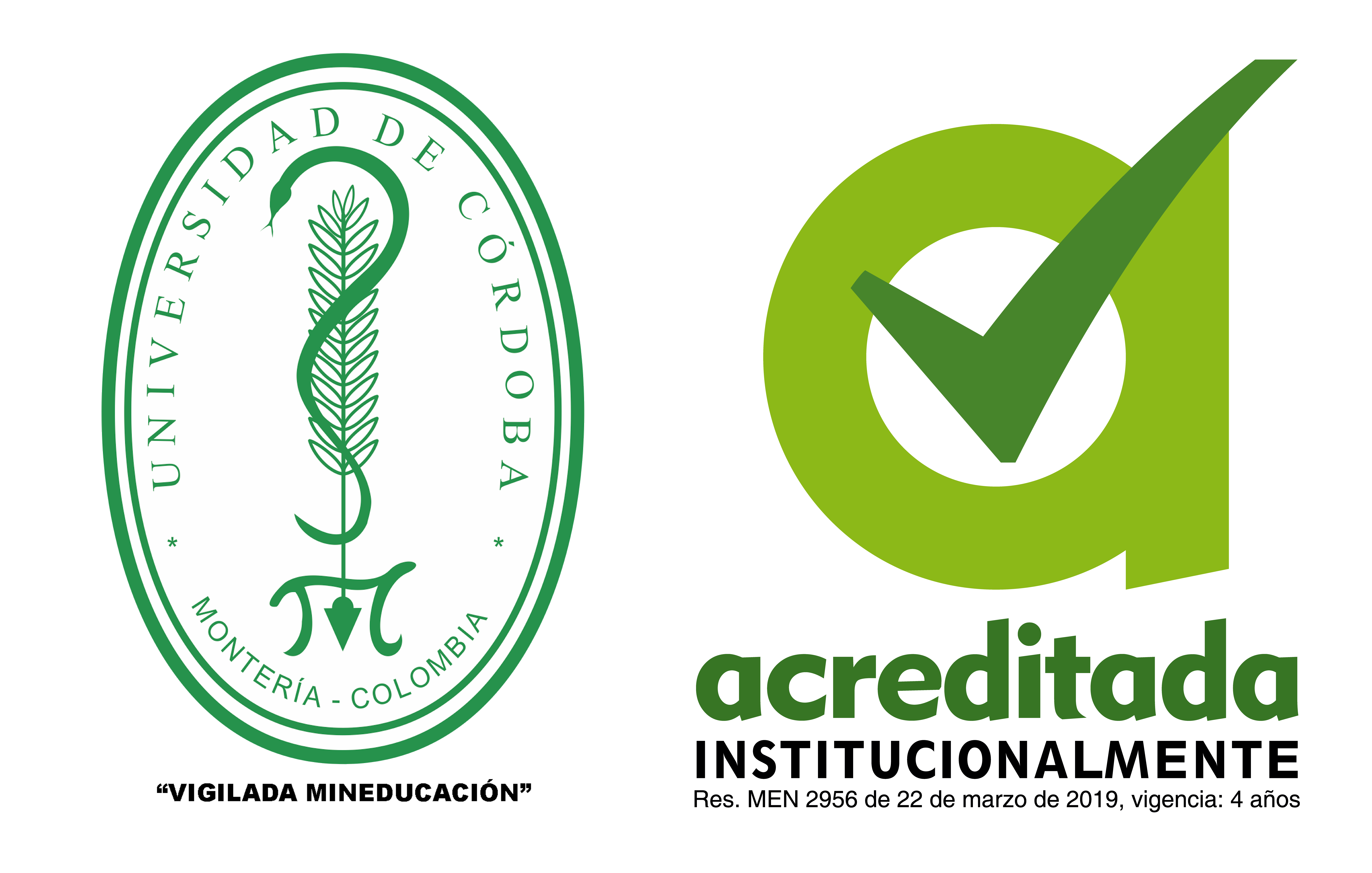Motivación y aprendizaje mediado con actividades y juegos colaborativos en grupo
Motivation and learning through peer group and collaborative games
La Revista Assensus, cuenta con una licencia Creative Commons. Se autoriza la citación, uso y reproducción parcial o total de los contenidos citando fuentes. Para más información consultar https://creativecommons.org/licenses/by-sa/4.0/deed.es
Mostrar biografía de los autores
Esta investigación se fundamenta en la planificación, desarrollo y análisis de actividades puntuales en el contexto de una unidad didáctica de la Lengua Extranjera inglés. Dicha unidad didáctica está basada en el enfoque de la tarea final, en la que se concluye cada una de las unidades con una actividad que engloba todo lo trabajado anteriormente. Se analizan y estudian los resultados de dos actividades puntuales de carácter colaborativo en términos de motivación del alumnado dentro del proceso de enseñanza-aprendizaje así como sus consecuencias positivas en la adquisición del conocimiento. En concreto, una de ellas es un juego colaborativo con el que se han estudiado los papeles de la competitividad y el trabajo entre iguales y sus respectivas potencialidades didácticas. Por otro lado, la segunda actividad que entra en juego en esta investigación es el conjunto final de actividades de la unidad, denominada tarea final, y que contiene una serie de actividades de carácter tanto colaborativo como motivacional y, por tanto, de gran relevancia para este estudio.
Visitas del artículo 937 | Visitas PDF
Descargas
- Al-Mahrooqi, R., Abrar-Ul-Hassan, S., & Asante, C. C. (2012). Analyzing the Use of Motivational Strategies by EFL Teachers in Oman. Malaysian Journal of ELT Research, 8, 36-76.
- Alshehri, E. (2012). Saudi EFL teachers' and students' perceptions of motivational strategies. Papers form the Lancaster University Postgraduate Conference in Linguistics and Language Teaching, 26-54.
- Bahous, R., Bacha, N. & Nabhani, M. (2011). Motivating Students in the EFL Classroom: A case study of perspectives. English Language Teaching, 4(3), 33-43.
- Bonces, J. R. (2012). Content and Language Integrated Learning (CLIL): Considerations in the Colombian Context. GIST Education and Learning Research Journal, 6, 177-189.
- Carrasco, S.A.N., Castellanos, J.C. y Viloria, E. (2019). Construcción del conocimiento y regulación del aprendizaje en tareas colaborativas asíncronas. Revista de Innovación Educativa, 11(1), 6-23.
- Castañeda, L., Esteve, F. y Adell, J. (2018). ¿Por qué es necesario repensar la competencia docente para el mundo digital?. RED. Revista de Educación a Distancia, 6, 1-20. DOI: http://dx.doi.org/10.6018/red/56/6
- Clement, R. (1980). Ethnicity, contact and communicative competence in a second language. In E. Giles, D. Robinson, & P. M. Smith, Language: Social psychology perspectives (pp. 146-154). Oxford: Pergamon.
- Dailey, A. (2009). Key motivational factors and how teachers can encourage motivation in their students. Birmingham: University of Birmingham.
- Dörnyei, Z. (2001). Teaching and researching motivation. Harlow, England: Pearson Education.
- Ghaith, G. (2003). The relationship between forms of instruction, achievement and perceptions of classroom climate. Educational Research, 45, 83-93.
- Hogan, D. M., & Tudge, J. R. (1999). Implications of Vygostky's Theory for Peer Learning. In T. R. Series, Cognitive perspectives on peer learning (pp. 39-65). Mahwah, NJ, US: Lawrence Eribaum Associates Publishers.
- Johnson, L., Adams Becker, S., Cummins, M., Estrada, V., Freeman, A., & Hall, C. (2016). NMC Horizon Report: 2016 Higher Education Edition. Austin, Texas: The New Media Consortium. Retrieved 2017/05/26, from http://cdn.nmc.org/media/2016-nmc-horizon-report-he-EN.pdf
- Khan, J. (1996). Using games in teaching English to young learners. In C. Brumfit, Teaching English to Children. From Practice to Principle. England: Longman.
- Kirschner, P. A., & De Bruyckere, P. (2017). The myths of the digital native and the multitasker. Teaching and Teacher Education, 67, 135-142. https://doi.org/10.1016/j.tate.2017.06.001
- Krashen, S. D. (1981). Second Language Acquisition and second language learning. New York: Pergamon.
- Liaw, E. C. (2017). Application of computer-mediated communication on teacher efficacy during school-based field experience. Teaching and Teacher Education, 65, 81-90. https://doi.org/10.1016/j.tate.2017.03.002
- Levin, I., & Druyan, S. (1993). When socio-cognitive transaction among peers fails: the case of misconceptions in Science. Child Development, 64, 1571-1591.
- Madrid, D. (2002). The power of the FL teacher's motivational strategies. CAUCE. Revista de Filología y su Didáctica, 25, 369-422.
- Mahadi, T. S. T., & Jafari, S. M. (2012). Motivation, its types, and its impacts in language learning. International Journal of Business and Social Sciences, 3(24), 230-235.
- Martín del Pozo, M. A. (2015). Teacher education for content and language integrated learning: insights from a current European debate. Revista Electrónica Interuniversitaria de Formación de Profesorado, 18(3), 153-168. DOI: http://dx.doi.org/10.6018/reifop.18.3.210401
- Martín del Pozo, M. A. & Rascón-Estébanez, D. (2015). Textbooks for Content and Language Integrated Learning: policy, market and appropriate didactics? Foro de Educación, 13(18), pp. 123-141. DOI: http://dx.doi.org/10.14516/fde.2015.013.018.007
- Miller, N. (1993). Theories of Developmental Psychology. New York: W. H. Freeman and Company.
- Morell, T. (2004). Interactive lecture discourse for university EFL students. English for specific purposes, 23, 325-338.
- Ramachaudran, S. (2004). Integrating new technologies into language teaching: two activities for an EAP classroom. TESL Canada Journal, 22, 79-90.
- Schommer-Aikins, M., Beuchat-Reichardt, M. y Hernández-Pina, F. (2012). Creencias epistemológicas y de aprendizaje en la formación inicial de profesores. Anales de psicología, 28(2), 465-474.
- Tudge, J. R. (1989). When collaboration leads to regression: some negative consequences of socio-cognitive conflict. European Journal of Social Psychology, 19, 123-138.
- Tudge, J. R. (1992). Processes and consequences of peer collaboration: A Vygotskian analysis. Child Development, 63, 1364-1379.
- Wang, A. L., Ofsdahl, T. & Morch-Storstein, K. (2009). Collaborative learning through games: characteristics, model and taxonomy. Recuperado el 4 de septiembre de 2015 de http://www.idi.ntnu.no/grupper/su/publ/alfw/LectureGameTaxonomyPaper.pdf



